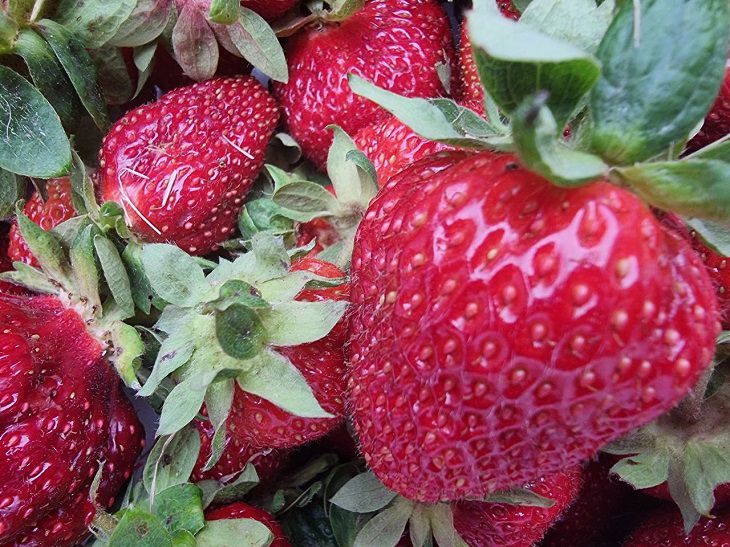To prevent gray mold from appearing on strawberries, preventive treatment must be carried out in advance, starting in early spring.
If the spring is rainy, this can lead to the infection of strawberries by a soil fungus - botrytis (gray rot).
Causes of gray mold on strawberries
If wet spots of brown and gray color appear on the plants, which instantly cover them with fluffy gray mucus, this means that not only some bushes, but the entire area has become infected with fungus.
The infection rises from the ground and moves up the entire plant. It does not miss dead, dry, rotten areas of tissue, and then, releasing toxic substances, infects living and healthy tissue.
Gray rot can reproduce up to 10-12 reproductive cycles per season. When making strawberry wine, winemakers use gray rot of berries for a special enzyme secreted by this fungus, called pectinase. With the help of which pectins are precipitated and wine must quickly becomes clearer.

With very dense planting of plants, as well as contact with wet soil, infection with this fungus can occur. If no measures are taken to combat and prevent gray mold, you can lose 40-70% or even the entire berry harvest!
Preventive measures and control of gray mold on strawberries
The area should be light and well ventilated. Take disease-resistant seedlings and treat them with special preparations before planting them in a permanent place to protect strawberries from infection. In order not to constantly fight weeds, it is advisable to mulch the area.
Strawberries are planted according to the following scheme: 20-30 cm in a row and 60-80 cm between rows. Plants should be watered as needed, carefully in cold, damp weather.








